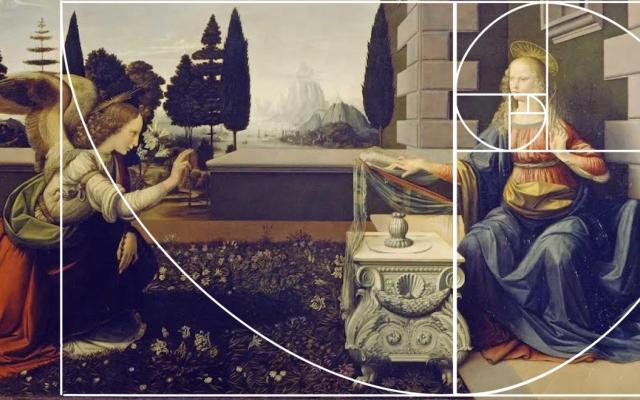
Ancient genomics support deep divergence between Eastern and Western Mediterranean Indo-European languages
The Indo-European languages are among the most widely spoken in the world, yet their early diversification remains contentious1–5. It is widely accepted that the spread of this language family across Europe from the 5th millennium BP correlates with the expansion and diversification of steppe-related genetic ancestry from the onset of the Bronze Age6,7. However, multiple steppe-derived populations co-existed in Europe during this period, and it remains unclear how these populations diverged and which provided the demographic channels for the ancestral forms of the Italic, Celtic, Greek, and Armenian languages8,9. To investigate the ancestral histories of Indo-European-speaking groups in Southern Europe, we sequenced genomes from 314 ancient individuals from the Mediterranean and surrounding regions, spanning from 5,200 BP to 2,100 BP, and co-analysed these with published genome data. We additionally conducted strontium isotope analyses on 224 of these individuals. We find a deep east-west divide of steppe ancestry in Southern Europe during the Bronze Age. Specifically, we show that the arrival of steppe ancestry in Spain, France, and Italy was mediated by Bell Beaker (BB) populations of Western Europe, likely contributing to the emergence of the Italic and Celtic languages. In contrast, Armenian and Greek populations acquired steppe ancestry directly from Yamnaya groups of Eastern Europe. These results are consistent with the linguistic Italo-Celtic10,11 and Graeco-Armenian1,12,13 hypotheses accounting for the origins of most Mediterranean Indo-European languages of Classical Antiquity. Our findings thus align with specific linguistic divergence models for the Indo-European language family while contradicting others. This underlines the power of ancient DNA in uncovering prehistoric diversifications of human populations and language communities.


















